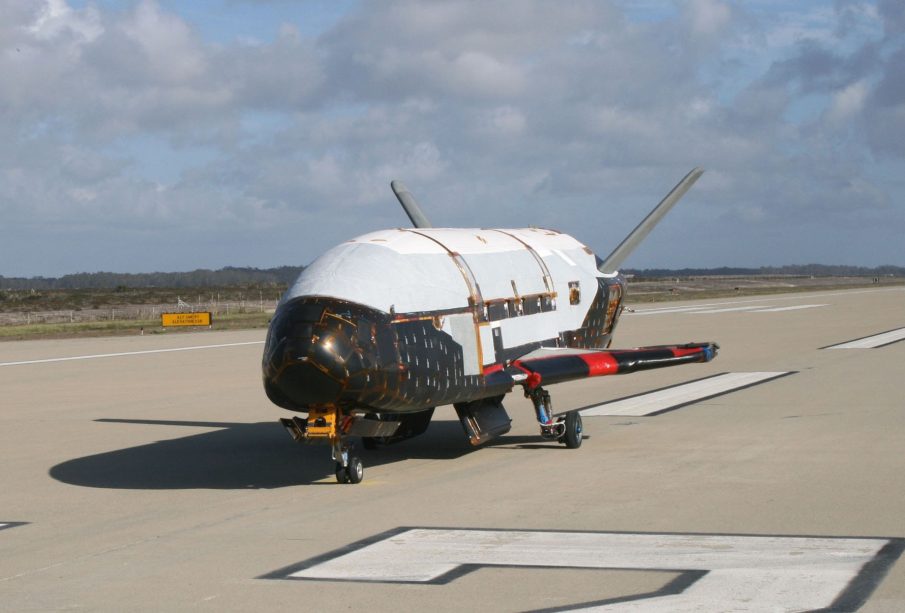Exploring the Boeing X-37: The Future of Space Travel

Introduction
The Boeing X-37, also known as the X-37B, represents a significant advancement in space technology and unmanned spaceflight. As a reusable spacecraft developed by Boeing for the United States Air Force, it plays a vital role in conducting various experiments in orbit and demonstrates the ongoing innovations within the aerospace industry. With its unique capabilities and recent missions, the X-37 is becoming increasingly relevant in the conversation about military and civilian space exploration.
Recent Missions and Achievements
The most recent mission of the X-37B, known as OTV-6, launched on May 17, 2020, aboard a SpaceX Falcon 9 rocket. This mission marked the X-37B’s sixth flight and focused on testing new technologies and conducting experiments. Notably, the spacecraft spent more than 780 days in orbit before returning to Earth on November 12, 2022, setting records for the longest flight of any X-37 mission to date. During this extended mission, the X-37B successfully demonstrated numerous technologies, including advanced propulsion methods and thermal management systems.
Technological Innovations
One of the most significant aspects of the X-37B is its ability to carry experiments developed by various agencies, including NASA, the Department of Defense, and other governmental and commercial partners. These experiments often focus on technological innovations that can be applied to future spacecraft and missions. For instance, the X-37B’s payloads have included advanced sensors to test the effects of space radiation and high-altitude exposure on materials and components destined for future space vehicles.
Significance and Future Outlook
The Boeing X-37B programme underscores the strategic importance of advancing space capabilities. As nations and private entities race to establish a presence in space, the X-37B’s success reinforces the United States’ commitment to maintaining a technological edge in aeronautics and space operations. Analysts foresee that the X-37’s ongoing developments and proof of concept missions could pave the way for future reusable space vehicles, potentially lowering the cost of accessing space and expanding opportunities for scientific research.
Conclusion
In conclusion, the Boeing X-37 series exemplifies how military objectives and technological advancements can shape the future of space exploration. With its innovative design and successful missions, the X-37 provides insights that could influence a myriad of applications, from national defence to commercial space ventures. Its continued presence in orbit not only enhances our capabilities but also sets the stage for the next generation of aerospace technology.








